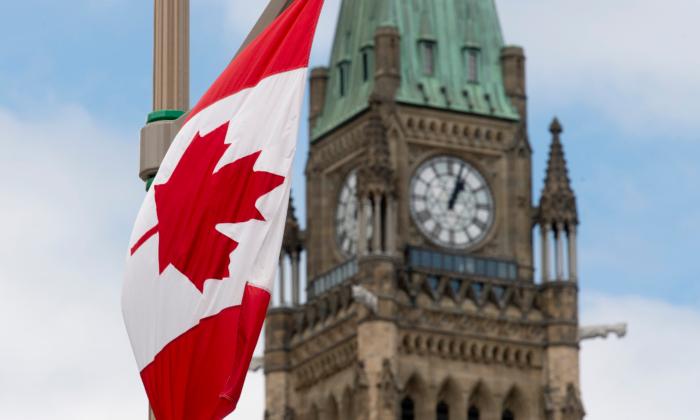Canada’s rapid population growth due to immigration is putting upward pressure on inflation, and further interest rate hikes are a distinct possibility despite predictions saying otherwise, according to a Scotiabank economist.
Now, international migration accounts for 96 percent of population growth.
“Immigration is excessive full stop. Canada just added about 431k people in Q3 alone,” says Mr. Holt in his economics note. “That’s like presto, here’s a new city of London, Ontario created in one quarter. Or almost a new City of Hamilton.”
“The problem remains that there is little to no housing available for [newcomers] and it’s only going to get worse,” he wrote.
The Liberal government hasn’t named immigration as a factor in the housing crisis, while mostly focusing on measures to increase the housing supply in order to address shortages.
‘Major Policy Error’
Addressing the latest inflation reading of 3.1 percent in November, the same as in the previous month, Mr. Holt said he can’t “hop on the bandwagon” on predictions of a central bank rate cut in the spring.“November’s core inflation readings leaned more toward continued hike risk than toward market pricing for a cut by March/April,” says Mr. Holt. “That would be a major policy error right into the thick of the Spring housing market and Winter government budget season.”
In his year-end speech at the Canadian Club in Toronto on Dec. 15, Bank of Canada Governor Tiff Macklem said it was still too early to consider cutting the policy rate as the bank is aiming to bring down inflation to 2 percent.
“We are in a difficult part of this monetary cycle, inflation is still too high,” he said. “If we don’t do enough, Canadians will have to continue to live with inflation that’s too high, too variable. And ultimately, we’re probably going to have to raise rates even further to get it down. So we don’t want to make that mistake.”







